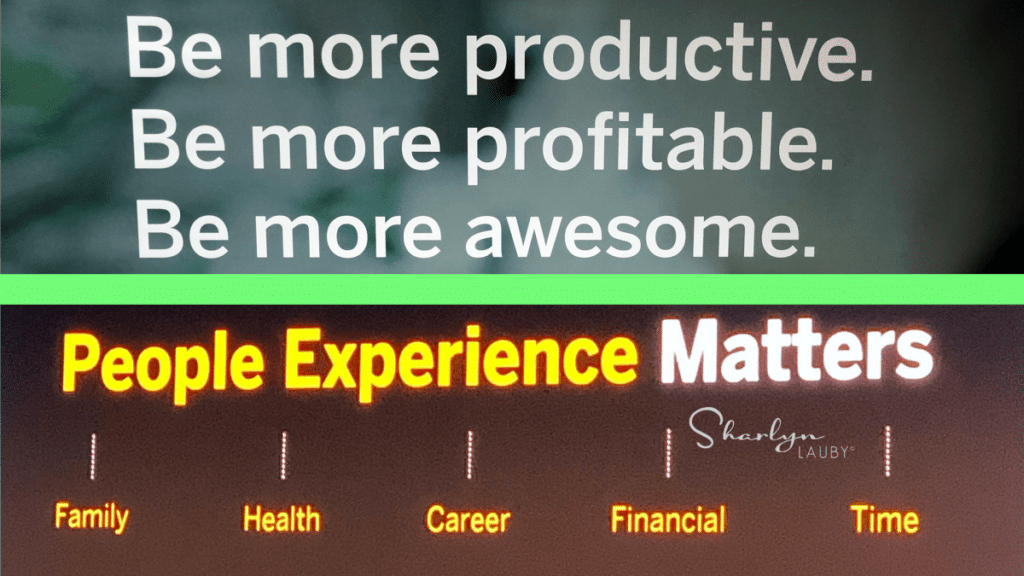Aligning HR With the Business – Ask #HR Bartender

Organizations are heavily relying on HR departments right now. Even more than usual. There’s an expectation that we stay on top of the new laws being passed. We need to stay current with employee needs while they’re working remotely. And we want to be a trusted advisor to the senior management team. HR is definitely up for the task but as today’s reader note asks, “How do we make it all happen?”
Hello Sharlyn. Because I’m a big fan of HR Bartender, I would like to ask how HR can add value to the company. I’m a new HR manager and feel I need to please my CEO and management team, even though they appear to be satisfied with my work.
I know the key is alignment. But if you could provide some practical real-life examples, especially for a small-to-medium size company. For example, we have a new finance manager and I know that for him to succeed, HR needs to add value. Any ideas, articles, or business case studies you can share? Appreciate it and thanks.
First of all, a big thank you for the kind words about HR Bartender. You have made my day! I totally agree with you that alignment is key during these times. Your question is a great one. How do HR professionals achieve alignment? Here are a few things to keep in mind.
- Know the business. While there are common elements to all businesses, every organization has a different operating philosophy. HR professionals should know how the business operates, who their customers are, and how the business makes money.
- Know your audience. What I mean by audience here is know the senior management team. What are their concerns? It could also make sense to understand what their performance evaluations and bonuses are tied to.
- Know the employees. All organizations have a mindset where company culture and the employee experience are concerned. In addition, employees have needs and wants that they share during surveys, one-on-one meetings, as well as exit interviews. Know both sides of the conversation.
- Know what people expect from human resources. HR professionals should ask their colleagues what they want from HR. It’s possible that managers do not know everything HR can do for them. Be prepared to listen and take notes. Confirm what you can do and explain what you can’t.
- Know how to communicate. This ties into number two about knowing your audience. It’s important to understand how people like to receive information, when they’re most responsive, and their preferred format for consuming data.
The answers to the first four tell you what’s important to the organization and the people running it. The last one helps you communicate ideas in a way that will appeal to their interests. Make no mistake, understanding the first four is hard. It takes building relationships. It takes research. And I hate to say it but sometimes it takes pitching ideas, making mistakes, and getting turned down.
There are so many good HR ideas out there. Alignment isn’t just about picking one. HR’s ideas should be things that enhance the business, improve the employee experience, and help senior management accomplish their goals. Alignment is about creating an idea that makes sense for the organization and can be supported by the management team. Then being able to connect the idea with organizational goals.
P.S. If you want to hear more about how HR can “Practice What You Preach”, check out this LinkedIn Live conversation (recorded) hosted by SAP SuccessFactors. I had the chance to talk with Laurie Ruettimann, Minda Harts, and Lars Schmidt about how human experience management (HXM) is essential for creating today’s modern workplace.
Image captured by Sharlyn Lauby at the SAP SuccessFactors 2019 Conference in London, England
13